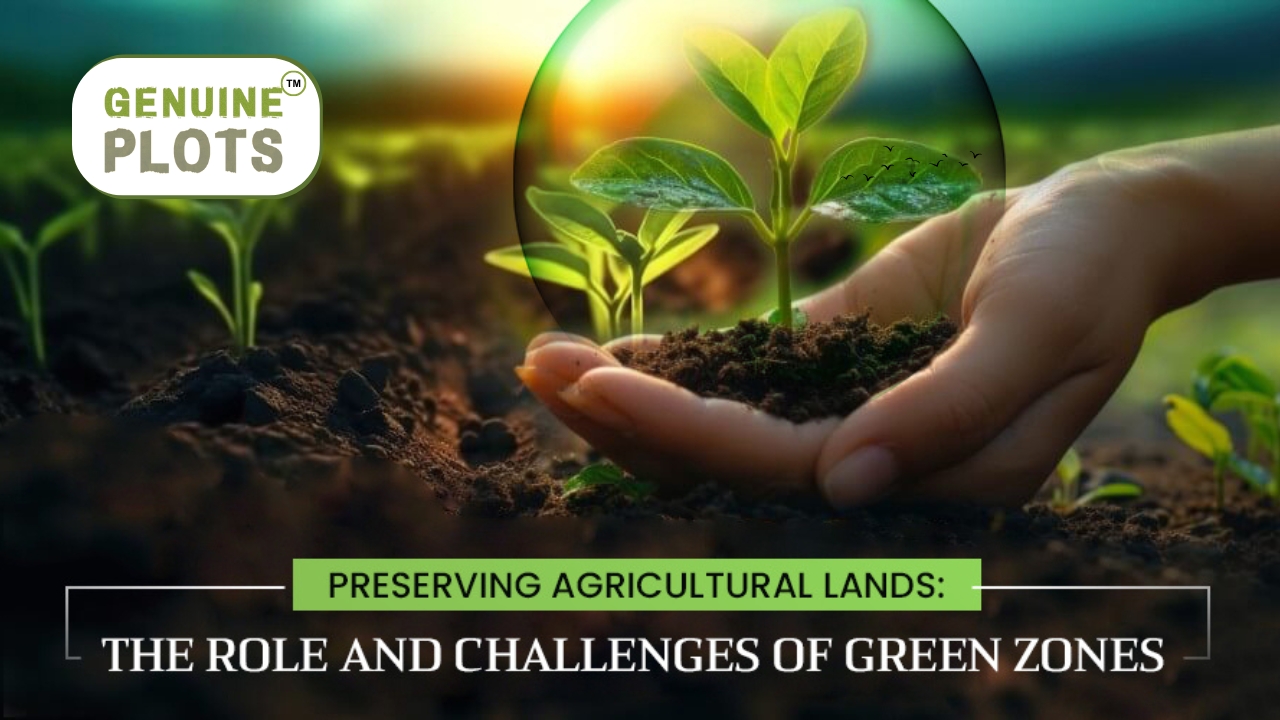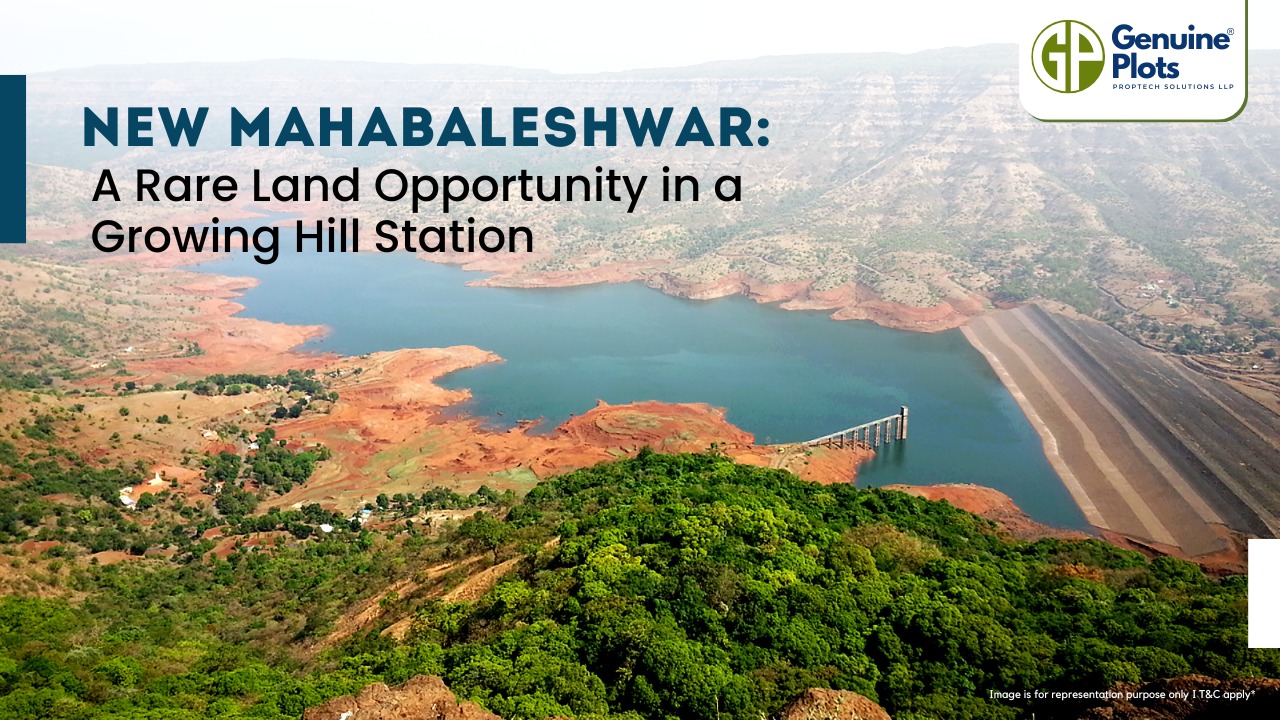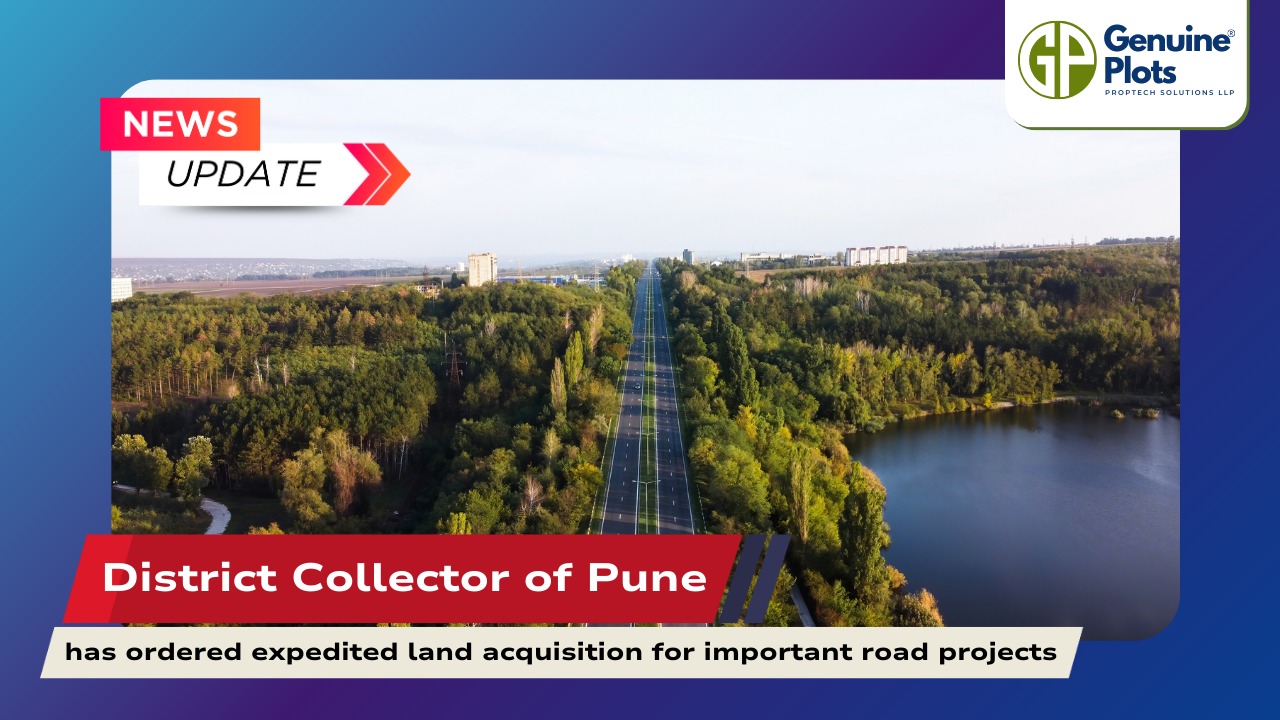Prev Post
How to Purchase Tribal Land in Maharashtra A Step by Step GuidePreserving Agricultural Lands: The Role and Challenges of Green Zones
Agricultural land is a vital resource that ensures food security, ecological balance, and rural livelihoods. However, in an era marked by rapid urbanization and industrial expansion, the preservation of agricultural land is becoming increasingly challenging. The concept of the Green Zone is a proactive response to this challenge, aiming to protect agricultural activities, provide recreational spaces, and curb urban sprawl. Despite its importance, the Green Zone faces several practical challenges that necessitate a balanced approach to land use
Understanding the Green Zone
The Green Zone encompasses all lands deemed agricultural unless explicitly categorized otherwise. This broad definition includes lands that might not currently be under cultivation but are still considered agricultural. The primary objective of the Green Zone is to safeguard agricultural activities from being overtaken by non-agricultural developments. By designating large areas as Green Zones, regional plans aim to maintain the integrity of rural landscapes and ensure that agricultural practices can continue to thrive.
The Multifaceted Use of Green Zones
While the Green Zone primarily focuses on agricultural preservation, the reality of rural life and development requires these lands to serve multiple purposes:
- Gaothan Extensions: Every village has a designated area for settlement, known as Gaothan. As rural populations grow, there is a need to expand these settlements. Legal provisions, such as those in the MLR Code and the Bombay Village Grampanchayat Act, allow for the extension of Gaothan to accommodate the increasing housing and infrastructure needs of villagers.
- Agro-Based Industries: Agricultural land is not solely for cultivation. It also supports agro-based industries that process farm produce. These industries are crucial for adding value to agricultural products, creating jobs, and sustaining rural economies.
- Infrastructure Development: Essential services like roads, hospitals, and schools are necessary for any community, including those in rural areas. Agricultural land often needs to be allocated for these purposes to ensure that rural residents have access to necessary services and amenities.
- Agricultural Activities with Infrastructure: Some agricultural practices require substantial infrastructure. Poultry farms, horticultural projects, cattle stables, piggeries, and sheep farms need buildings and other facilities, which consume agricultural land.
- Non-Agricultural Activities: Due to the high cost and scarcity of large parcels of land in urban areas, certain space-intensive activities are shifted to the Green Zone. Educational institutions, medical facilities, social and cultural centers, religious institutions, and even film and video shooting sites find a more feasible home in these rural areas.
Balancing Preservation and Development
While the primary aim of the Green Zone is to protect agricultural activities, it must also accommodate the evolving needs of rural communities. This necessitates a dynamic approach to land use planning, where agricultural preservation and rural development are not seen as mutually exclusive but as complementary goals.
Protecting Green Zones for the Future
Implementing stringent regulations that prevent the indiscriminate conversion of agricultural land to non-agricultural uses is crucial to ensuring the long-term sustainability of green zones. At the same time, policies must be flexible enough to allow for necessary rural development. Strategic planning, community involvement, and robust legal frameworks are essential to achieving this balance.
Summary
Green Zones play a critical role in protecting agricultural lands and supporting rural communities. However, the multifaceted demands on these lands require a nuanced approach to land use planning.
Looking for a hassle-free land-buying experience? Look no further! At Genuine Plots, we've got you covered. From verified documents to clean papers, we take care of it all. Plus, with free support and the option to book online, securing your dream plot has never been easier. Don't miss out on this opportunity – start your land-buying journey with Genuine Plots today!







